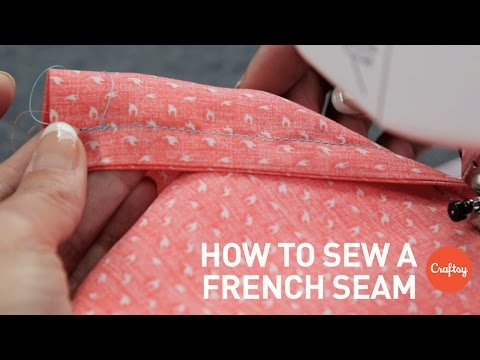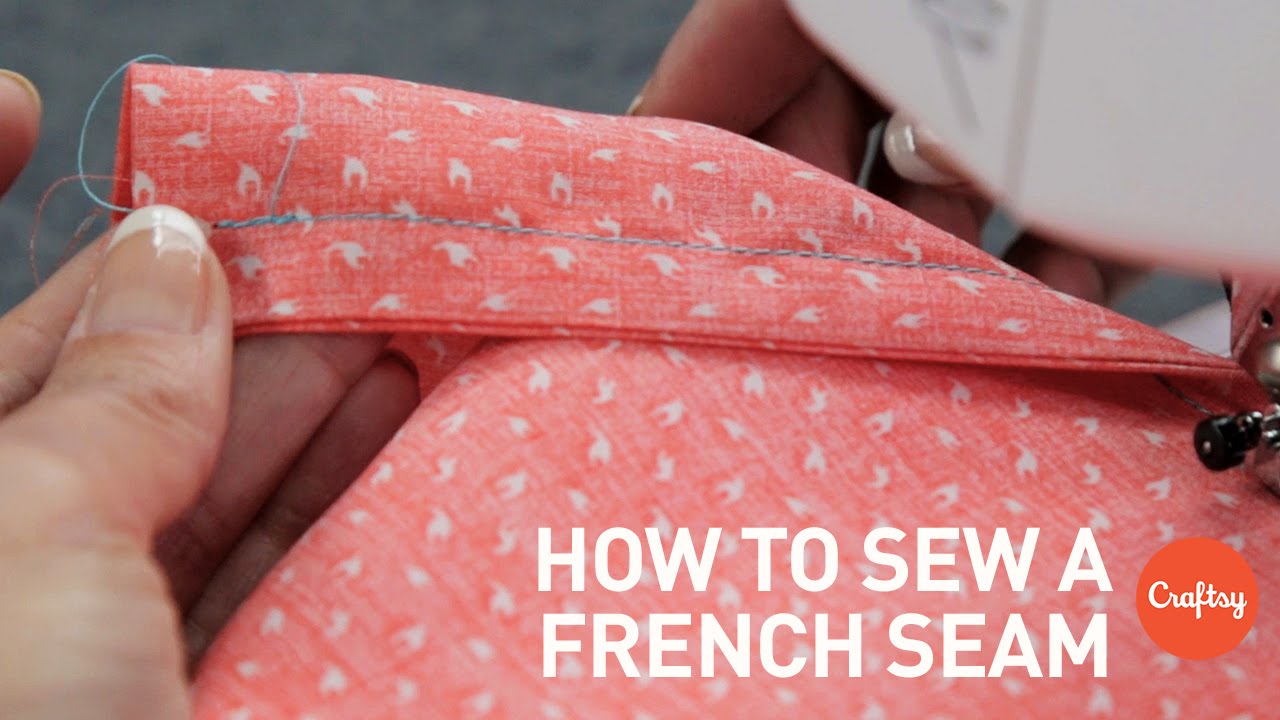French fabric patterns are a captivating blend of history, artistry, and elegance. With a rich cultural heritage dating back centuries, these patterns have become synonymous with sophistication and luxury. From delicate floral motifs to intricate geometric designs, French fabrics offer a mesmerizing array of choices for those seeking to infuse their spaces with timeless beauty. Each pattern tells a story, reflecting the unique influences and traditions of different regions across France. Exquisite craftsmanship is at the heart of these fabrics, with skilled artisans meticulously creating every intricate detail by hand. The resulting pieces are masterpieces that effortlessly combine traditional techniques with contemporary styles, making them perfect for both classic and modern interiors. Whether adorning drapes, upholstery, or clothing, French fabric patterns add a touch of refinement and sophistication to any setting. The use of high-quality materials ensures not only their aesthetic appeal but also their durability, allowing them to withstand the test of time. Immerse yourself in the world of French fabric patterns and experience the enchantment they bring to your space, captivating your senses and transporting you to the realms of timeless beauty.

The Rich History of French Fabric Patterns
French fabric patterns have long been renowned for their exquisite beauty and timeless elegance. From bold and intricate designs to delicate and subtle motifs, these patterns have adorned everything from clothing to home decor for centuries. In this article, we will delve into the rich history of French fabric patterns and explore their enduring appeal.
The Influence of Royalty
French fabric patterns have a strong connection to the country's royal history. During the reigns of Louis XIV, Louis XV, and Louis XVI, the French court was known for its opulence and grandeur. This extravagance extended to the textiles used in the royal court and aristocratic households. These patterns often featured elaborate designs inspired by nature, such as floral motifs and intricate foliage patterns.
The use of luxurious fabrics and intricate patterns became a symbol of status and wealth. French royalty and nobility would commission skilled artisans to create unique fabric patterns exclusively for their use. These patterns were often hand-painted or woven using the finest materials, such as silk and velvet. The aristocracy's desire for exquisite fabric patterns fueled the growth of the textile industry in France.
The Rise of Toile de Jouy
Toile de Jouy is one of the most iconic French fabric patterns, known for its delicate scenes depicting pastoral life. This pattern originated in the late 18th century and gained popularity during the reign of Louis XVI. Toile de Jouy fabric often features intricate illustrations of rural landscapes, animals, and figures engaged in everyday activities.
The popularity of Toile de Jouy spread rapidly across Europe, capturing the imagination of designers and consumers alike. The pattern was not only used for clothing but also adorned walls, furniture, and bedding. Toile de Jouy became synonymous with French elegance and refined taste, cementing its place in the history of French fabric patterns.
The Art Nouveau Movement
Art Nouveau was an influential artistic movement that emerged in France at the end of the 19th century. This movement sought to break away from the traditional and embrace a more organic and natural style. The Art Nouveau period introduced a new wave of fabric patterns characterized by flowing lines, intricate curves, and motifs inspired by nature.
The Art Nouveau fabric patterns were often seen in upholstery, drapery, and wallpaper. They featured elements such as flowing vines, floral motifs, and elegant curves. This style was a departure from the previous ornate and detailed patterns, and instead focused on the harmony between nature and design.
The Timeless Appeal of Toile de Nantes
Toile de Nantes is another beloved French fabric pattern that has stood the test of time. Originating from the city of Nantes in the 18th century, this pattern is known for its intricate scenes depicting historical events, landscapes, and everyday life. Toile de Nantes often features a single color on a white or cream background, giving it a classic and elegant look.
The popularity of Toile de Nantes grew rapidly, and it became a staple in French homes. It adorned everything from curtains to bedspreads, adding a touch of sophistication to any interior. To this day, this fabric pattern remains highly sought after, and its timeless appeal continues to captivate designers and homeowners alike.
The Modern Revival
While French fabric patterns have a rich history, they are far from being outdated. In recent years, there has been a resurgence of interest in these timeless designs. Designers and consumers are rediscovering the allure of French fabric patterns and incorporating them into contemporary fashion and home decor.
Modern interpretations of French fabric patterns often combine traditional motifs with a fresh and modern twist. These patterns can be found in clothing, upholstery, wallpaper, and even accessories. The revival of French fabric patterns showcases their enduring appeal and their ability to seamlessly blend with modern aesthetics.
In conclusion, French fabric patterns have a long and storied history, deeply rooted in the country's rich cultural heritage. From the opulence of royal courts to the natural elegance of Art Nouveau, these patterns have evolved and adapted over the centuries. Whether it's the timeless charm of Toile de Jouy or the classic elegance of Toile de Nantes, French fabric patterns continue to captivate and inspire us today.
French Seam Sewing: Level Up Your Stitching Skills with Angela Wolf
French Fabric Patterns:
French Fabric Patterns
French fabric patterns have long been admired for their exquisite craftsmanship and intricate designs. From delicate floral motifs to bold geometric patterns, French fabrics epitomize elegance and sophistication. Let's explore a few noteworthy examples:
| Pattern | Description |
|---|---|
| Toile de Jouy | Toile de Jouy, a quintessentially French pattern, originated in the small town of Jouy-en-Josas near Paris. This pattern typically features pastoral scenes, intricate landscapes, or romantic narratives. It is characterized by its monochromatic palette and fine detailing, often printed on a plain white or cream background. |
| Toile Indienne | Toile Indienne, also known as “Indian Print,” gained popularity in France during the 18th century as a result of the fascination with exoticism and orientalism. Inspired by Indian textiles, this pattern showcases vibrant colors, intricate floral motifs, and ornamental designs. It brings a touch of exotic allure to any interior. |
| Chinoiserie | Chinoiserie, meaning “Chinese-esque,” reflects the French fascination with Chinese art and culture during the 17th and 18th centuries. This pattern incorporates elements such as pagodas, dragons, exotic birds, and bamboo. It is often rendered in rich colors, such as deep blues and vibrant reds, and adds a sense of opulence and drama to any space. |
| Toile de Nantes | Toile de Nantes, originating from the city of Nantes in western France, is renowned for its maritime themes. This pattern typically features scenes of ships, sailors, and coastal landscapes, paying homage to France's strong nautical heritage. Its intricate detailing and blue color palette evoke a sense of tranquility and evoke images of the sea. |
| Provencal | Provencal fabrics, hailing from the sunny region of Provence in southern France, embody the rustic charm and warmth of the Mediterranean countryside. These patterns often incorporate vibrant colors, such as yellows, blues, and reds, and showcase motifs like sunflowers, olives, lavender, and traditional Provençal landscapes. They effortlessly evoke a sense of relaxed elegance and the unmistakable joie de vivre of Provence. |
French fabric patterns are not merely decorative elements but reflections of history, culture, and artistic expression. Whether adorning upholstery, curtains, or fashion garments, they bring a touch of timeless beauty to any setting, enchanting admirers with their unparalleled craftsmanship and enduring allure.

